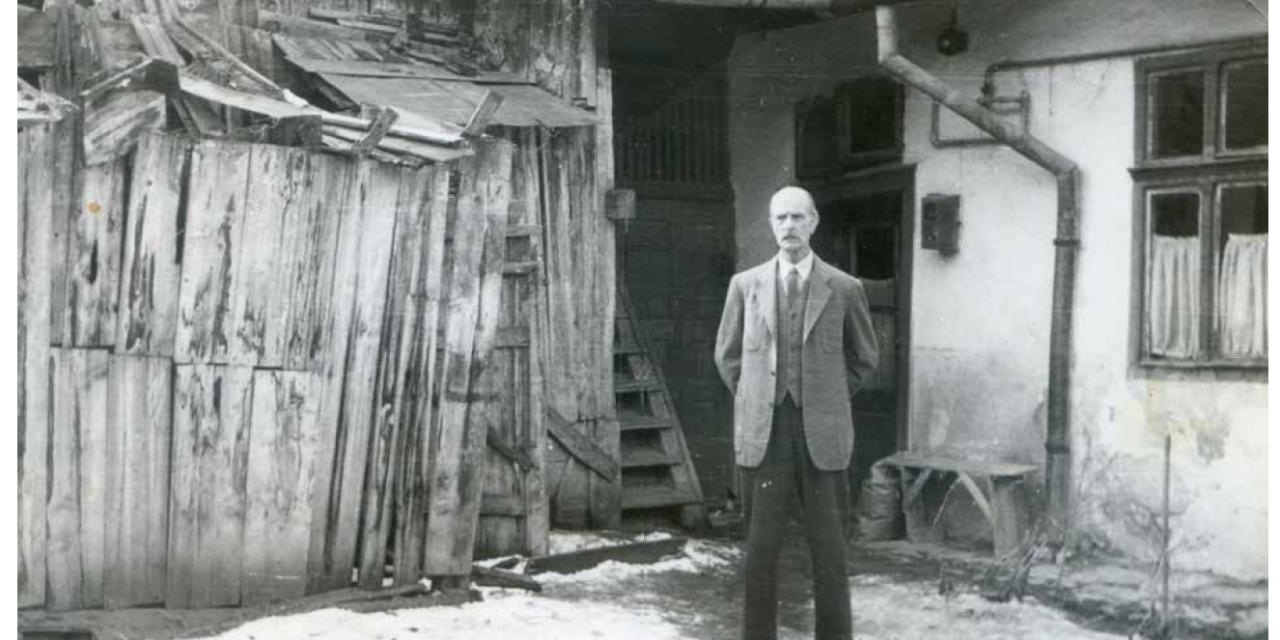The Degenfeld Castle in Kutyfalv is in the crosshairs.
On March 2, 1949, the Ministry of Agriculture issued the decree according to which nearly 3,000 families with large estates were displaced. On the occasion of the 75th anniversary, a memorial room will be opened in the Degenfeld Castle in Kutyfalv on March 2, 2024.
The interactive exhibition presents the life of the Transylvanian Hungarian nobility between the two world wars, as well as the history of evictions.
When we think of the Hungarian nobility in Transylvania, we usually think of beautiful castles, elegant salons, balls, patronage of culture and modernization. Many people do not even know that after the First World War, the life of the landed gentry changed greatly. The land reform of 1921 crushed the economic power of the nobility. In the changed political situation, several people decided not to take the oath of allegiance and to move away. The II. World War II and the subsequent revolution made their situation even more difficult.
The final blow was the decree issued by the Ministry of Agriculture on March 2, 1949, according to which, in one night, between 10 p.m. and 4 a.m., committees made up of party activists, state security and representatives of the local population carried out the eviction of the large landowners.
The 2,972 affected families could take a limited number of clothes, shoes, underwear, bed linen, and sometimes a few personal items with them. They were moved from castles and manor houses to pipe huts, woodsheds, and cellars. A new, stigmatized and ostracized social stratum of "cellar dwellers" was created from the barons and counts.
The memorial rooms in the Degenfeld Castle in Kutyfalv, which will open on Saturday, March 2, 2024 at 2 p.m. and will be available for the long term, will give you an insight into the life of the Transylvanian nobility between the two world wars. The exhibition is divided into three parts: the noble lifestyle is evoked by a salon decorated according to the customs of the period between the two world wars, as well as photographs of historical interiors. Afterwards, documents and personal recollections present the resettlement.
The narrow space in the basement of the castle depicts the wretched conditions of forced housing.
Visitors can get an idea of the fate of the Transylvanian aristocracy in the 20th century with the help of an audio guide.
The interactive exhibition thus offers more than a simple information transmission: it makes it possible to experience the fate-changing events, it shows how the displaced people turned from respected members of society and the community into despised persons, residents of musty basements, and how it ceased to exist by the end of the 1950s. the Transylvanian Hungarian nobility to exist as a separate social stratum.
Participation in the opening is free, no prior registration is required.
Featured image: Count Béla Bethlen in front of the forced residence in Cluj | Photo: Castellum Foundation












